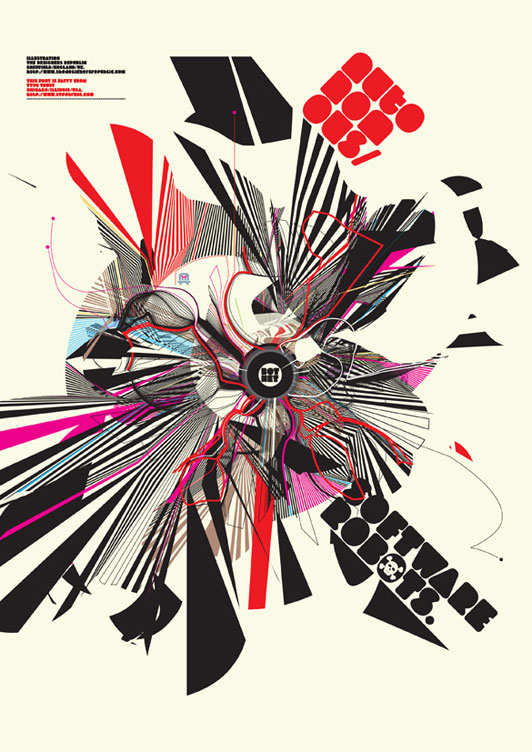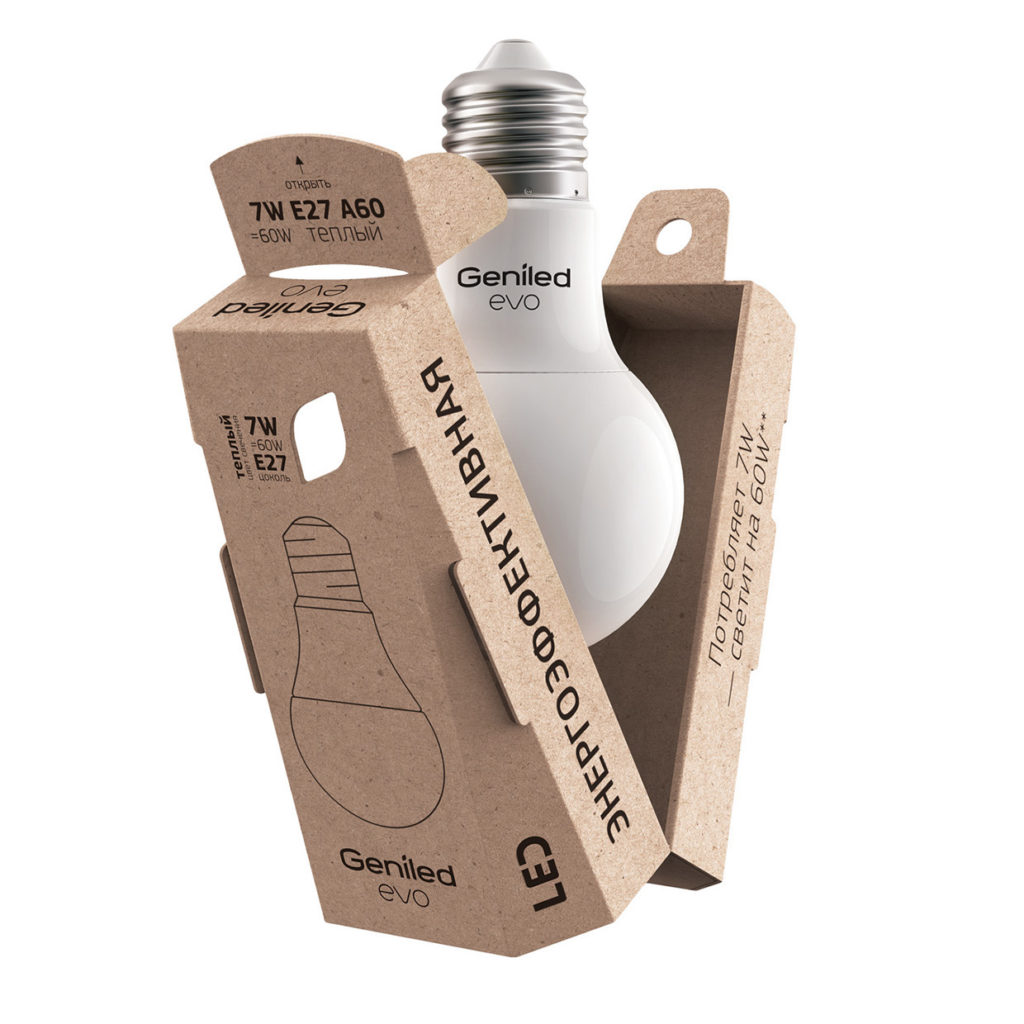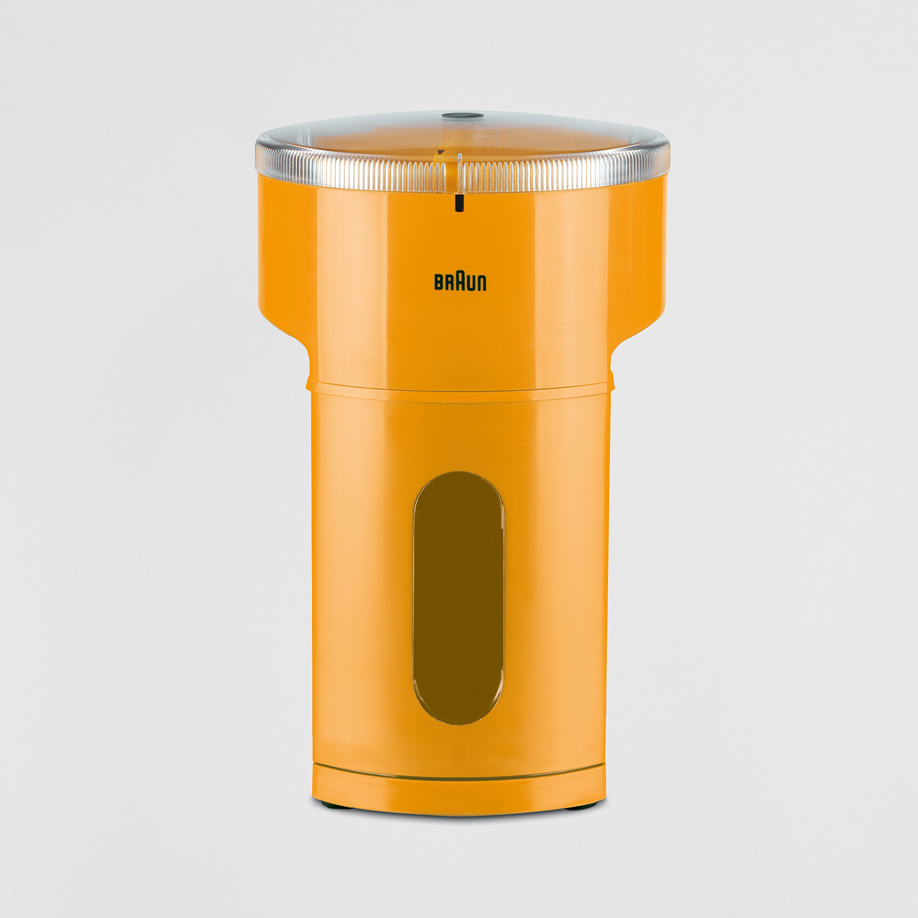
Course Outline
In this Advanced Design course, students will engage in a cumulative, semester-long project. This project will require a series of deliverables, all aimed at the same goal. This project is not revealed to students before the skills section of the course is completed. This is purposeful: The project is large and intricate. The tools used to make it are challenging and it takes time to gain comfort using them. I have found that announcing the project on the first day of class results in students putting less effort into the skills section, which in turn hampers their resulting grade because those students do not have the skills to create the design they want to make. The course is organized around four sections:
Weeks 1-4 Skills and Training
Weeks 5-7 Project Phase 1
Weeks 8-11 Project Phase 2
Weeks 12-14 Project Phase 3
The project that students will engage in requires focus and tenacity to complete well. If you are struggling with the tools (software) at week 10, you will not be able to gain that focus. This course structure will help all students to make good progress through the course and have the confidence needed to produce the work that they are capable of.
We will use Miro to collect student materials and to conduct critiques. I will discuss Miro at the beginning of the course, and describe how we will use it. We are using Miro because it is a tool that is used in design offices, or in a larger companies that include a design department. Projects are participated in by a range of people, who share that information on a board. We will mimic this working process this semester.

Course Format
Class sessions are broken up into three periods: reading discussions, demonstrations and tutorials, and exercises. There will be periodic critiques in which students will explain their work through the experience of making, failing, and finding solutions. This will help students to examine their own practice and develop ways of managing and completing any project or assignment. In any art course, there is the need to accept that failure is part of learning. particularly when faced with the challenge of learning a new tool or process, trial and error is necessary to develop confidence and a true understanding. There will be tutorials and exercises during class time, developing skills that will then be used in assigned homework. Students will do work both individually and in groups to produce project pieces. There will be readings assigned as homework that the class will discuss for their value in helping you to deepen your understanding of different design principles. This will lead to growth in the use of and sensitivity to color, form, and composition. These are the basis of all design, and over the semester, students will be expected to increase the sophistication of their design.
Throughout the course, students will be given regular instruction and assigned exercises to practice and master the skills necessary to complete the final project. These skills include software proficiency, screenprinting, packaging production, and website design. In addition, students will engage in regular critiques with peers that will help them pick up discipline-specific vocabulary and the ability to perceive and assess design quality (fonts, design elements such as drawing, packaging design and its needs such as shipping and stacking, and to anticipate problems with use and production). Readings will be assigned that are complementary to that week’s topic, and they will require responses and participation both as homework (such as a moodle forum) or in class discussions. Design work completed by students in this course will aim to accommodate accessibility standards. Students will learn and become sensitive to the ways that design can be made towards this form of inclusivity.

Reading
Students will be given software-specific demonstrations followed by instructions in class and complete exercises. This learning will be continued in further exercises assigned as part of the homework that week.
There are two texts students will use continually throughout the semester:
- Design Dictionary, Michael Erlhoff, Tim Marshall (Eds.), Board of International Research in Design (Available freely online at www.academia.edu)
- Creating A Brand Identity, Catharine Slate-Brooking (available as an e-book via the library).
The two books above are to be used as reference books. You are to use them for both inspiration and technical solutions.
Weekly readings are selected and distributed in your homework assignments.
